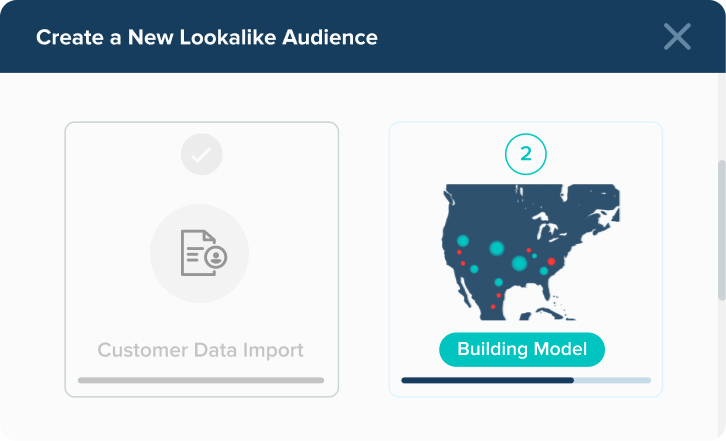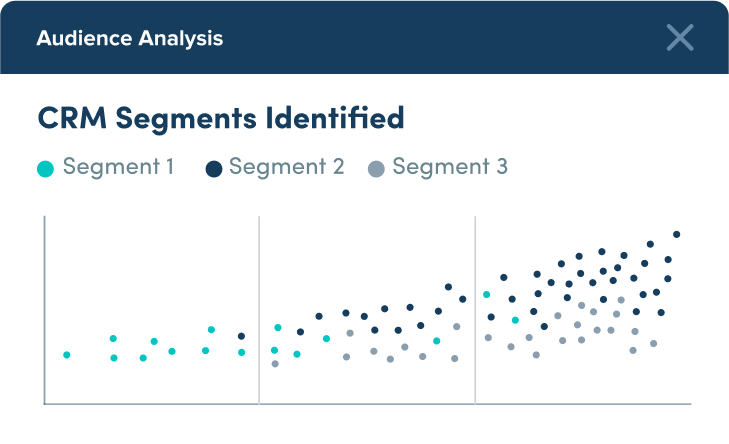A leading home renovation company approached us with skepticism about the effectiveness of direct mail marketing in comparison to their digital efforts. Their concerns included cost, attribution, and the perceived labor-intensiveness of direct mail campaigns. However, through a rigorous process of testing and optimization, we not only addressed these concerns but also helped our client achieve remarkable results.
The Challenge
The initial skepticism voiced by the client was not uncommon among marketers new to the direct mail landscape. They believed that digital marketing was more cost-effective and offered clearer attribution models. Furthermore, concerns were raised about the manual effort required to execute direct mail campaigns.
The Postie Solution
Our approach involved a gradual but systematic strategy of testing and optimization. This approach mirrored the evolution of a successful relationship and began with cautious experimentation. The key steps of our solution were:
Audience Segmentation: We started by creating two Lookalike (LAL) models based on the characteristics of previous purchasers. These models were tested against each other in the first two campaigns to determine their effectiveness.
Iterative Testing: With insights gained from the initial campaigns, we identified the winning LAL model and continued testing it against alternative models. Simultaneously, we experimented with different creative elements and form factors in our campaigns.
Collaboration is Key: Regular meetings were held with the client to review campaign performance and share recommendations. This open communication ensured the strategy remained aligned with the client’s goals.
Adaptation to Changing Circumstances: The onset of the COVID-19 pandemic brought significant shifts in consumer behavior and marketing dynamics. Fortunately, our frequent testing allowed the home renovation company to adapt swiftly. By refining our models to target individuals whose behavior resembled pre-pandemic purchasers, we were able to maintain campaign effectiveness.
Frequency and Scaling: The client wisely adopted a strategy of sending direct mail more frequently. This not only accelerated their learning process but also helped them define their optimal approach. They continued to test other aspects like creative elements while benefiting from the ongoing campaigns.
Results
Through our continuous testing and optimization efforts, the client achieved significant success:
- Continuous testing helped the client consistently beat their Cost-Per-Acquisition (CPA) goals.
- The combination of refined audience targeting and creative elements resulted in increased ROI.
- Adaptability during the pandemic allowed the client to make data-driven decisions and capitalize on emerging opportunities.
- Frequent direct mail campaigns accelerated the learning process and contributed to a refined marketing strategy.
After seeing such success, the home renovation company scaled their direct mail channel investment by 4515% and scaled the volume of pieces sent by 2926%.
This case study illustrates the power of continuous testing and optimization in maximizing the effectiveness of direct mail marketing. By dispelling initial doubts, embracing data-driven decision-making, and adapting to changing circumstances, our client not only achieved their marketing goals but also enhanced their understanding of their target audience. Machine learning and data-driven strategies improve with time, and the more data fed into them, the smarter they become. Continuous investment in data-driven marketing is the key to long-term success in an ever-evolving landscape.
+4515%
Direct Mail Channel Investment
+2926%
Volume of Pieces Sent






